News
February 1, 2022
NRF shares shoppers will spend an average of $175.41 per person on Valentine’s Day gifts
The National Retail Federation (NRF) and Prosper Insights & Analytics conducted its annual survey on Valentine’s Day spending, which indicates that Valentine’s Day spending is expected to reach $23.9 billion this year, up from $21.8 billion in 2021 and the second-highest year on record.
“Following the historic level of consumer spending over the winter holidays, it appears that the trend will continue into 2022,” Matthew Shay, president and CEO for NRF said. “Valentine’s Day is a special occasion for many Americans, even more so as we navigate out of the pandemic, and retailers are prepared to help them mark the holiday in a memorable and meaningful way.”
More than half (53%) of U.S. consumers plan to celebrate the holiday in 2022, up from 52% in 2021. More than three-quarters (76%) of those celebrating indicate it is important to do so given the current state of the pandemic.
According to the survey, shoppers expect to spend an average of $175.41 per person on Valentine’s Day gifts, up from $164.76 in 2021. The increase comes as many intend to spend more on significant others or spouses.
What are the top categories for gifts?
Candy (56%), greeting cards (40%) and flowers (37%) remain the most popular gift items this Valentine’s Day. Nearly a third (31%) of respondents plan to gift an “evening out” this year, up from 24 percent in 2021 and just slightly below pre-pandemic levels, for a total of $4.3 billion. Almost a quarter (22%) will opt to gift jewelry to a special someone. Total spending on jewelry is estimated at $6.2 billion, up from $4.1 billion in 2021 and the highest in the survey’s history.
Demand for gifts of experience, such as tickets to a concert or sporting event, has also returned to pre-pandemic levels, with 41% saying they would “love to receive a gift of experience,” up from 36% last year.
“While traditional Valentine’s Day gifts like candy and flowers seem to never go out of style, gift givers and recipients alike are more comfortable heading out for a special meal or participating in a new experience than they were a year ago,” Phil Rist, executive vice president of strategy for Prosper Insights said. “This is especially true among younger age groups.”
Where are consumers shopping?
Online continues to be the most popular shopping destination for Valentine’s Day this year, visited by 41%, followed by department stores at 32%, discount stores at 28%, local small businesses at 18% and florists at 17%.
The survey of 7,728 U.S. adult consumers was conducted Jan. 3-11 and has a margin of error of plus or minus 1.1% points.
For more information on The National Retail Federation, visit www.nrf.com.




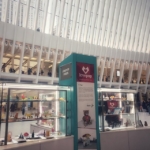


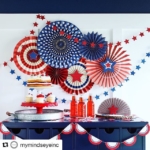





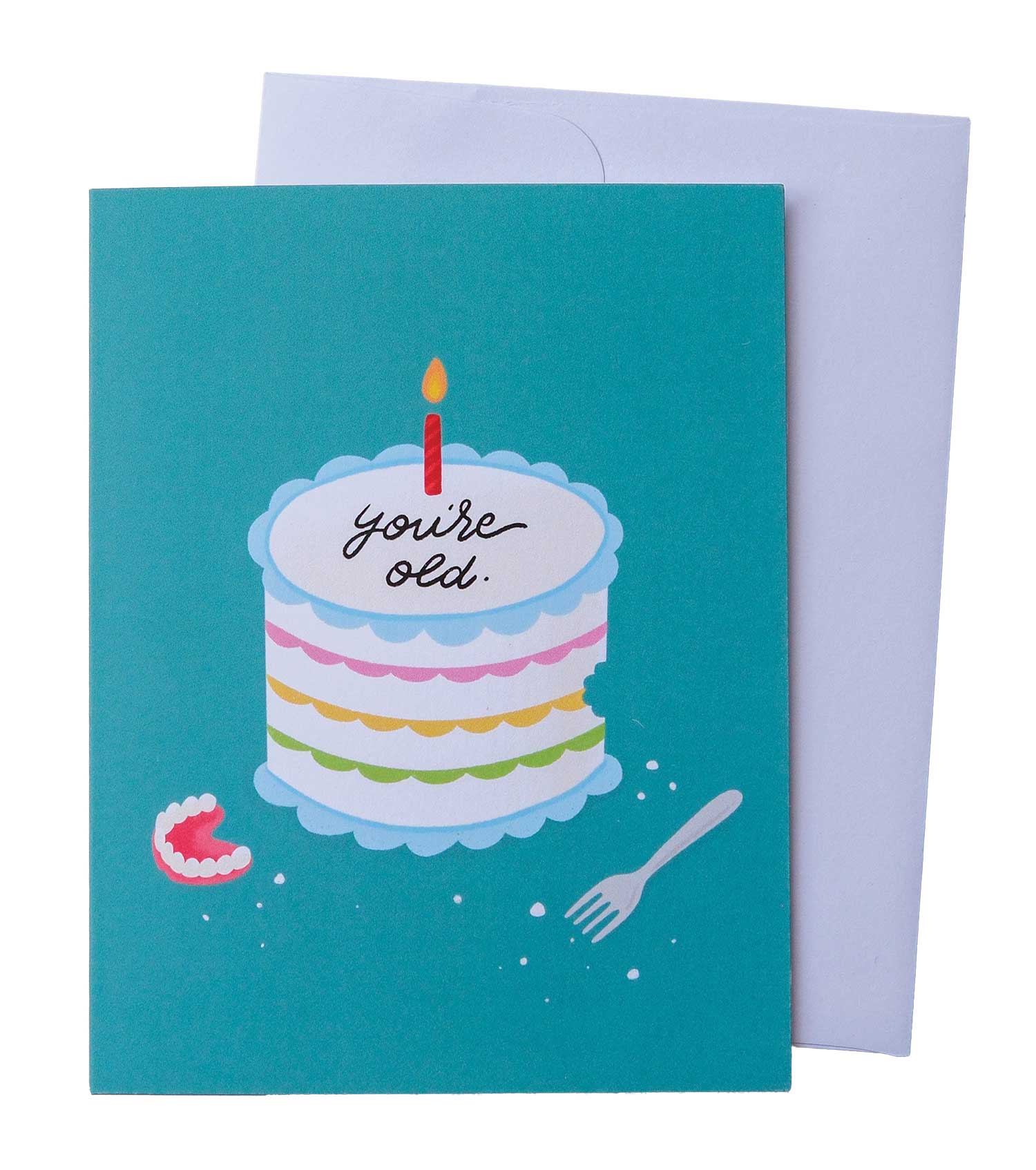

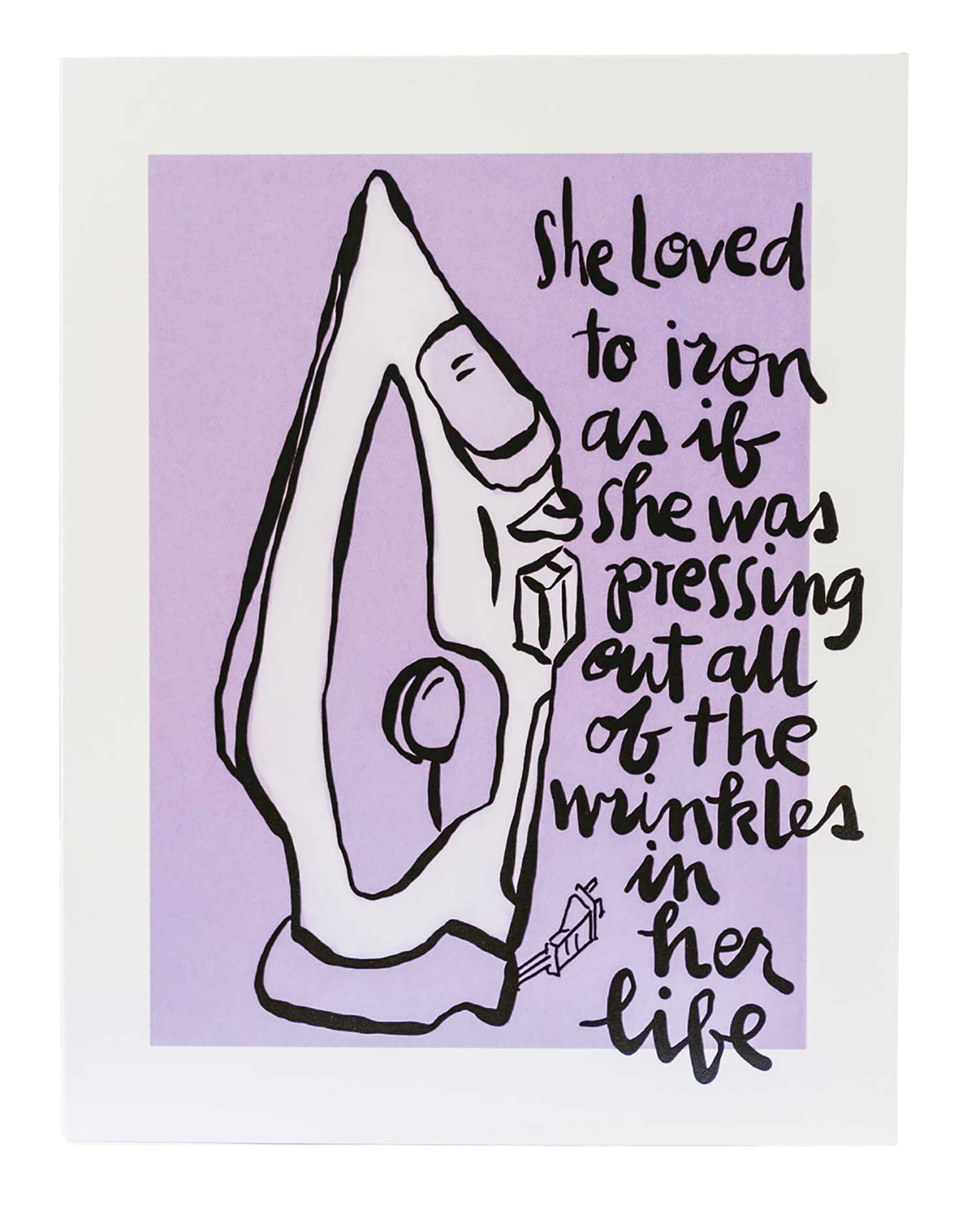

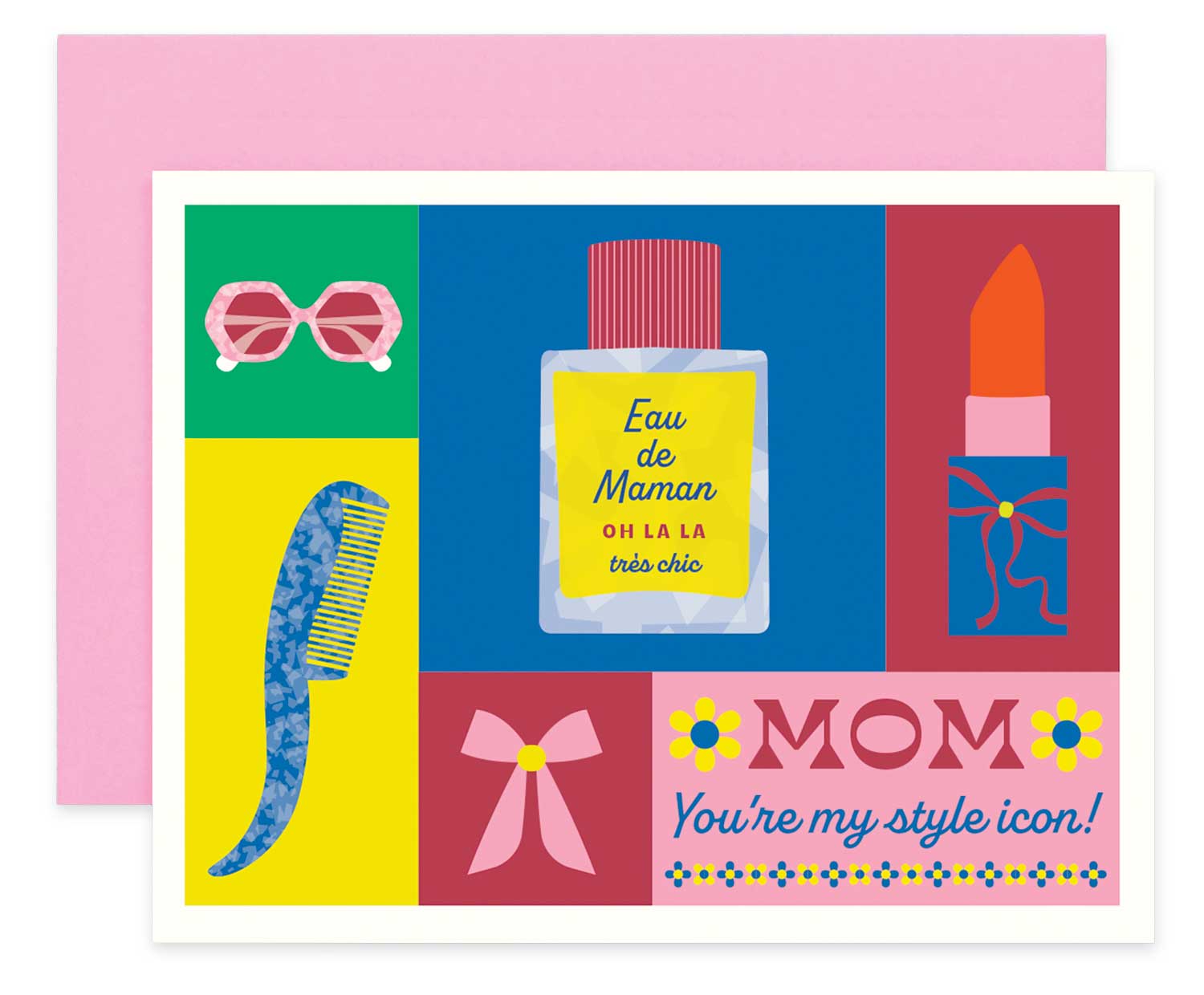
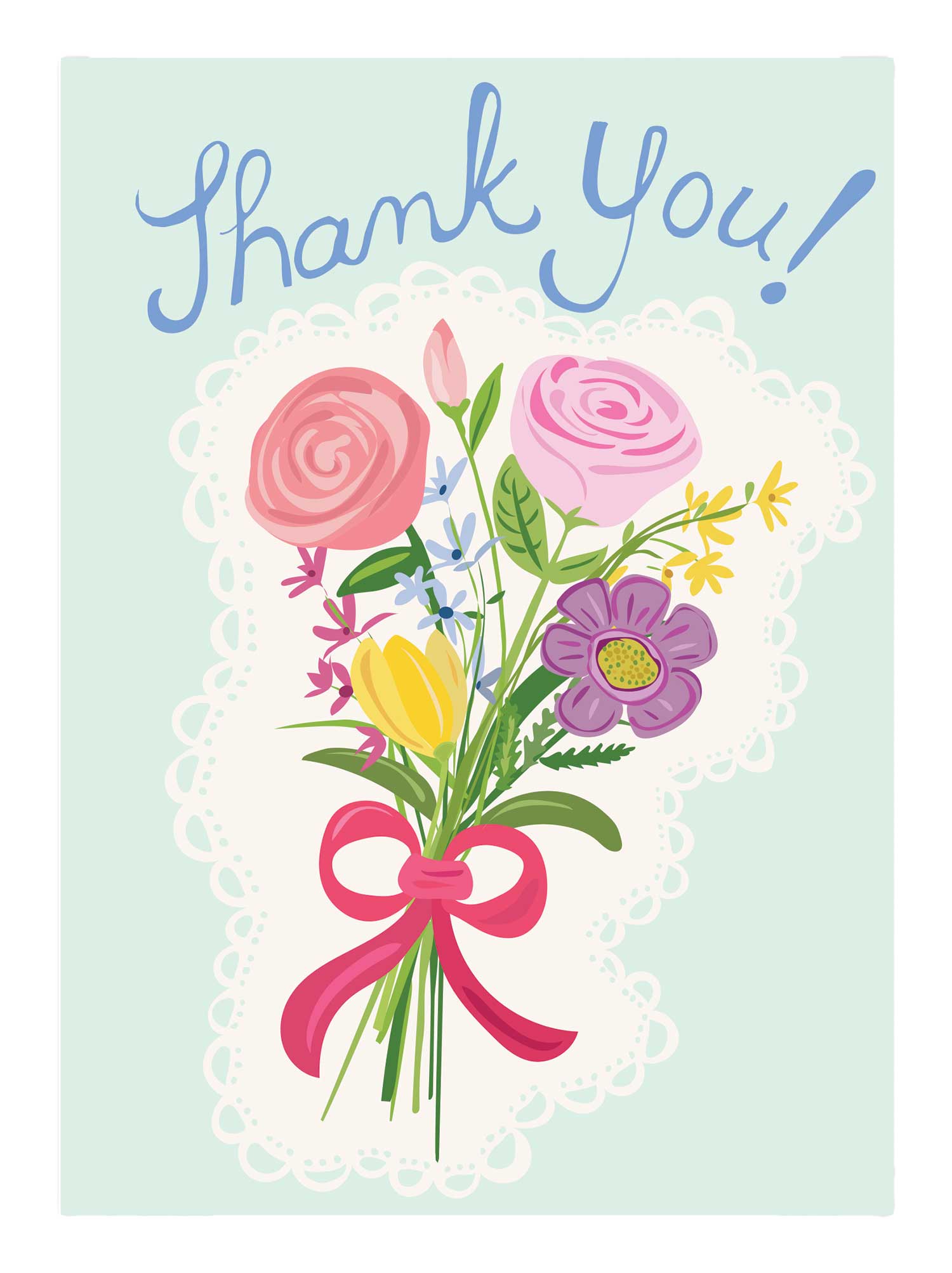
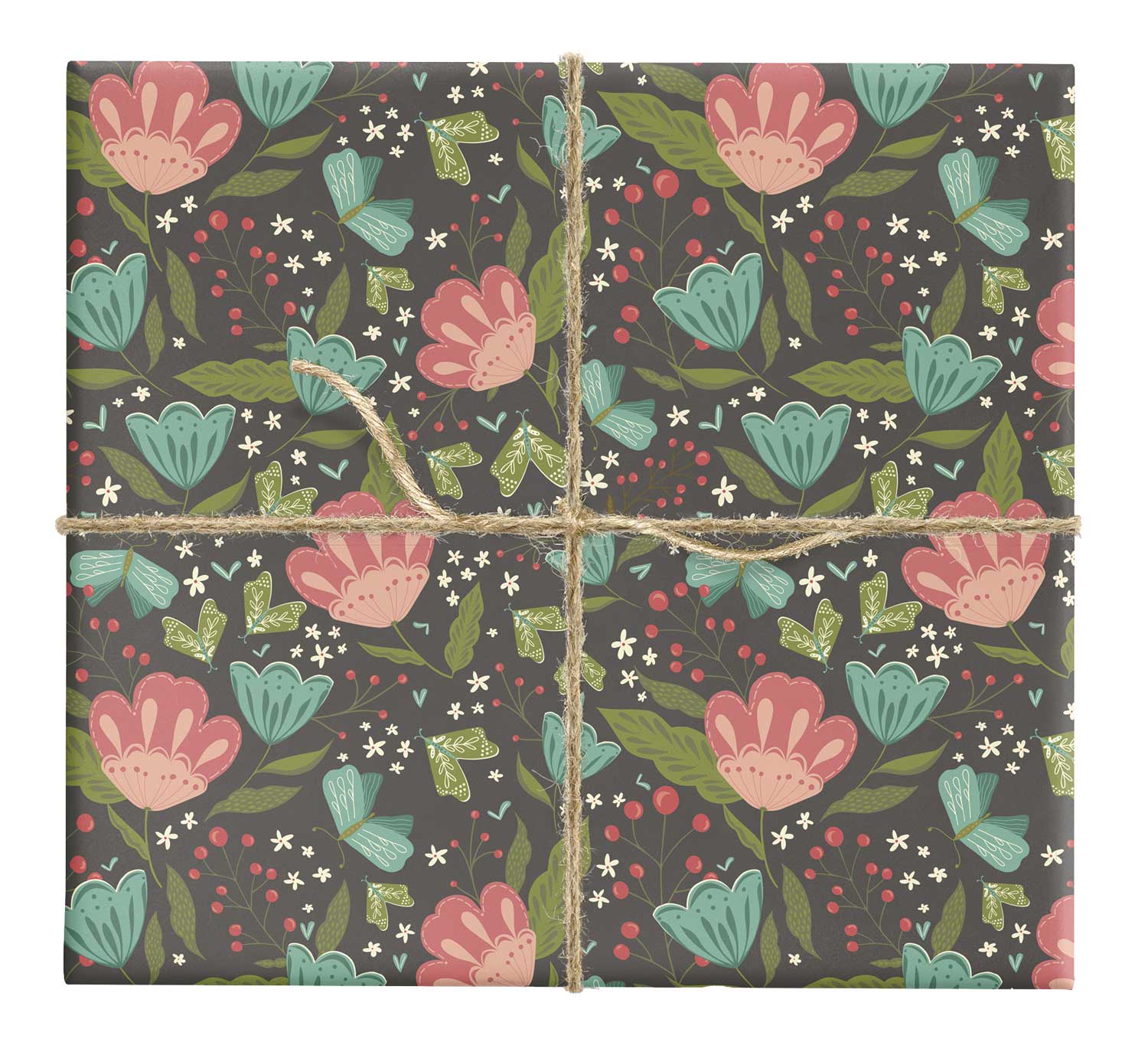

0 CommentsComment on Facebook